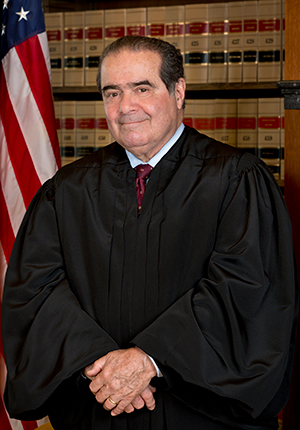Summary
District of Columbia v. Heller was the first time in several decades that the Supreme Court interpreted the words of the Second Amendment. The case involved a ban on handguns in the home. It also involved two aspects of an ongoing debate: first, the debate over gun violence and its causes; and second, the debate over “originalism” and whether the Court can sensibly interpret the Constitution with the meaning its words would have had when its provisions were adopted.







